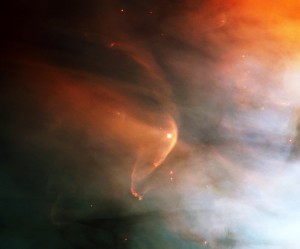The Quadrantid meteor shower is one of the strongest meteor showers of the year, but observers can be disappointed if conditions are not just right. The point from where the Quadrantid meteors appear to radiate is located within the extinct constellation Quadrans Muralis. On modern star charts, this radiant is located where the constellations Hercules, Boötes, and Draco meet in the sky. The shower can appear almost nonexistent until about 11 p.m. Unfortunately, the radiant does not attain a very high altitude for most Northern Hemisphere observers before morning twilight puts an end to the show. The best observations are actually possible from countries with high northern latitudes, such as Canada, Finland, Sweden, and Norway. The display is virtually nonexistent for observers in the Southern Hemisphere.
The Quadrantids generally begin on December 28 and end on January 7, with maximum generally occurring during the morning hours of January 3/4. The Quadrantids are barely detectable on the beginning and ending dates, but observers in the Northern Hemisphere can see from 10 to around 60 meteors per hour at maximum. The maximum only lasts for a few hours.
For more info, go to the Meteor Showers Online website: http://meteorshowersonline.com/quadrantids.html



